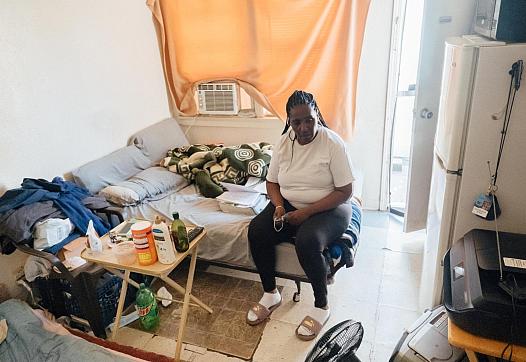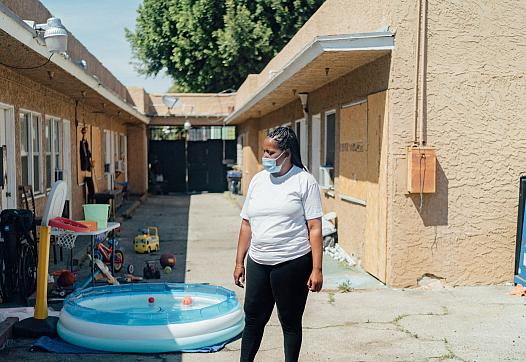
Part Three focuses on a city program designed to bring illegal housing units up to code and give owners a path to legalization — and how it has fallen short of expectations.

Part Three focuses on a city program designed to bring illegal housing units up to code and give owners a path to legalization — and how it has fallen short of expectations.
This essay was prepared as part of a project on health equity by Register reporter Sarah Klearman with support from the Impact Fund, a program of the USC Annenberg Center for Health Journalism. ...

Part Two explores the dramatic decline in city housing inspections during the pandemic — and what that has meant for tenants struggling to keep a roof over their head

The saga of tenants at one dilapidated Mid-City housing complex is emblematic of a citywide problem that got worse during the pandemic.
Editor's Note: This essay was written by a youth who took part in a health equity essay-writing workshop led by Sarah Klearman in connection with her Impact Fund project.

We, the housed, worried about our jobs, food, gas, family, friends, and our future during the pandemic. The homeless did not get a chance to think about any of that.

This report is part of a larger project led by Danielle Bergstrom and Maria Ortiz-Briones as part of the USC Annenberg Center for Health Journalism’s 2021 California Fellowship.

An investigation of Santa Barbara County COVID-19 outbreaks reveals the virus’ toll in long-term care homes.

The smoke, it seemed to Victor, was inescapable. At night, it clung to his clothes, his hair, the inside of his nose; during the day, as he worked under the sun in the vineyards, he was embalmed by it.

SF is bringing people off the streets, but a shortage of mental health workers to help them stay housed could put all this effort at risk.